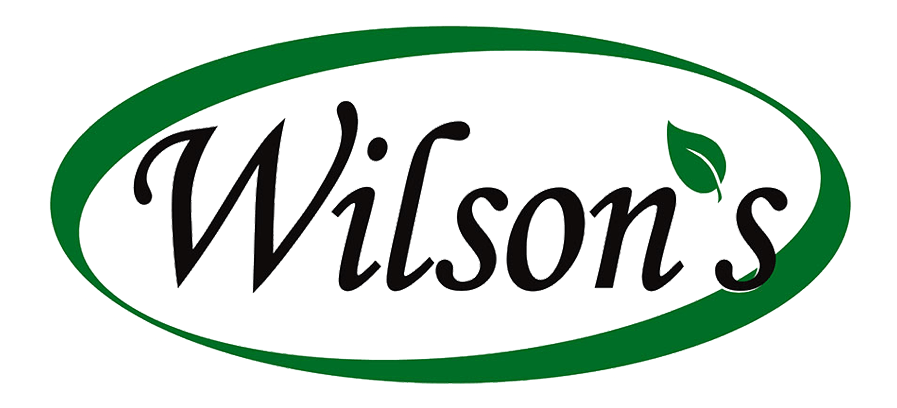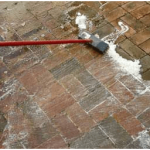Sealing concrete pavers protects against fading, enhances colors, stabilizes joint sand, and prevents stains. Prepare the surface, apply the sealer with a sprayer, use a squeegee in joints, and allow to fully dry. Choose a breathable, joint-stabilizing sealer and reseal every 3-5 years for lasting beauty and protection
Concrete paver patios, walkways, and driveways are excellent additions to any outdoor space, providing durability and aesthetic appeal. However, to ensure these hardscapes maintain their beauty and function for years to come, it is crucial to seal the pavers properly. This comprehensive guide will walk you through the process of sealing concrete pavers, including the benefits, timing, and application methods.
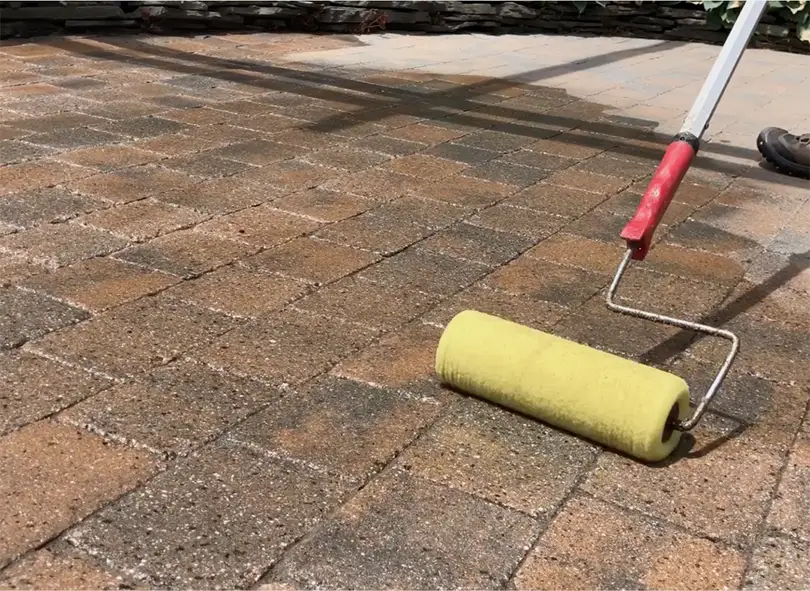
Why Seal Concrete Pavers?
Sealing concrete pavers offers several benefits that protect your investment and enhance the overall appearance of your outdoor living area. Here are the key advantages of sealing pavers:
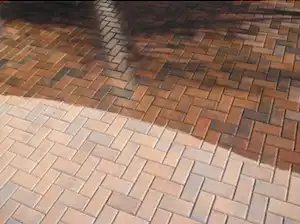
- Prevent Fading: Paver sealers act as a barrier against UV rays, which can cause the colored pigments in the pavers to fade over time. By sealing the pavers, you can protect their vibrant colors from the damaging effects of sunlight.
- Enhance Color: Sealers work like a varnish, bringing out the natural colors and contrasts in the concrete pavers, creating a more visually interesting surface. Some sealers even offer a “wet look” that can make your patio or driveway look more appealing.
.
- Stabilize Joint Sand: Joint-stabilizing sealers harden the sand between the pavers, preventing it from being displaced by wind, rain, or insects. This is particularly beneficial for pool decks, as it keeps sand out of the pool, and it also helps reduce weed growth between paver joints.
- Stain Protection: Sealers make pavers less porous, limiting their ability to absorb oil, dirt, or other substances that can cause staining. This makes cleaning up spills much easier and helps maintain the pavers’ pristine appearance.
When to Seal Pavers?
The timing of sealer application is crucial for optimal results. Some manufacturers recommend waiting one year after installation to allow any efflorescence (a white, dusty buildup) to escape from the paving stones before sealing. However, experienced contractors often recommend using breathable sealers that don’t require a waiting period, as they allow efflorescence to escape through the sealer.
How to Seal Concrete Pavers: Step-by-Step Guide
Follow these steps to ensure a proper sealing application for your concrete pavers:
- Surface Preparation: Begin by ensuring the paver surface is clean, dry, and free of debris. Use a broom or leaf blower to remove any loose dirt or leaves, being careful not to dislodge the sand between the pavers. Remove any weeds growing in the joints.
- Weather Conditions: Check the weather forecast to ensure no rain is expected for at least 24 hours after sealing. Moisture can interfere with the sealer’s ability to cure properly.
- Sealer Application: Use a low-pressure sprayer to apply the sealer, covering the entire surface of the patio, driveway, or desired area. Follow the manufacturer’s instructions for the recommended application rate and technique.
- Joint Treatment: Use a squeegee to direct the sealer into the joints between the pavers, ensuring even coverage and removing any excess material from the surface.
- Drying Time: Allow the sealed paver surface to dry for two to three hours before walking on it. Avoid heavy foot traffic or placing objects on the surface for at least 24 hours to ensure the sealer fully cures.
Choosing the Right Sealer
When selecting a sealer for your concrete pavers, consider the following factors:
- Breathability: Look for breathable sealers that allow moisture and efflorescence to escape, preventing trapped moisture from damaging the pavers over time.
- Joint Stabilization: If joint stabilization is a priority, choose a sealer specifically designed to harden and stabilize the joint sand between pavers.
- Appearance: Decide on the desired look for your pavers – glossy, matte, or a “wet” finish. Different sealers can achieve various aesthetic effects.
- Brand Reputation: Research reputable sealer brands and consult with professional paving contractors for recommendations on high-quality products suitable for your climate and project requirements.
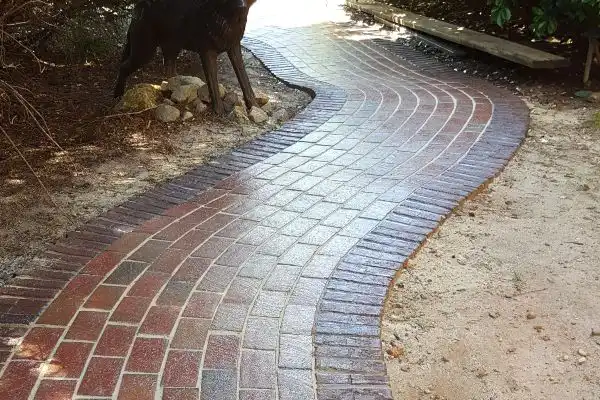
Resealing Frequency
To maintain the protection and appearance of your sealed pavers, plan to reseal them every 3-5 years. The frequency may vary depending on factors such as foot traffic, weather conditions, and the specific sealer used. Consult with your paving contractor or the sealer manufacturer for their recommended resealing schedule.
By following these guidelines, you can ensure your concrete paver surfaces remain beautiful, stain-resistant, and properly maintained for years to come. Sealing pavers is an essential step in protecting your investment and maximizing the lifespan of your outdoor living spaces.
